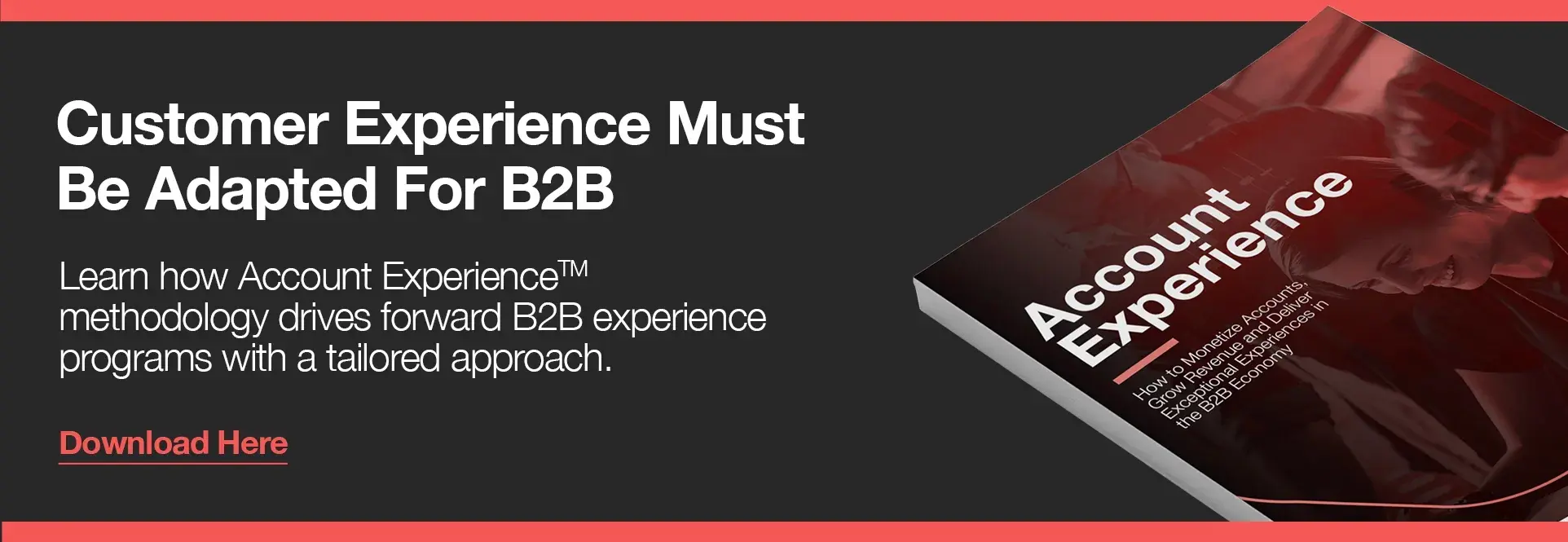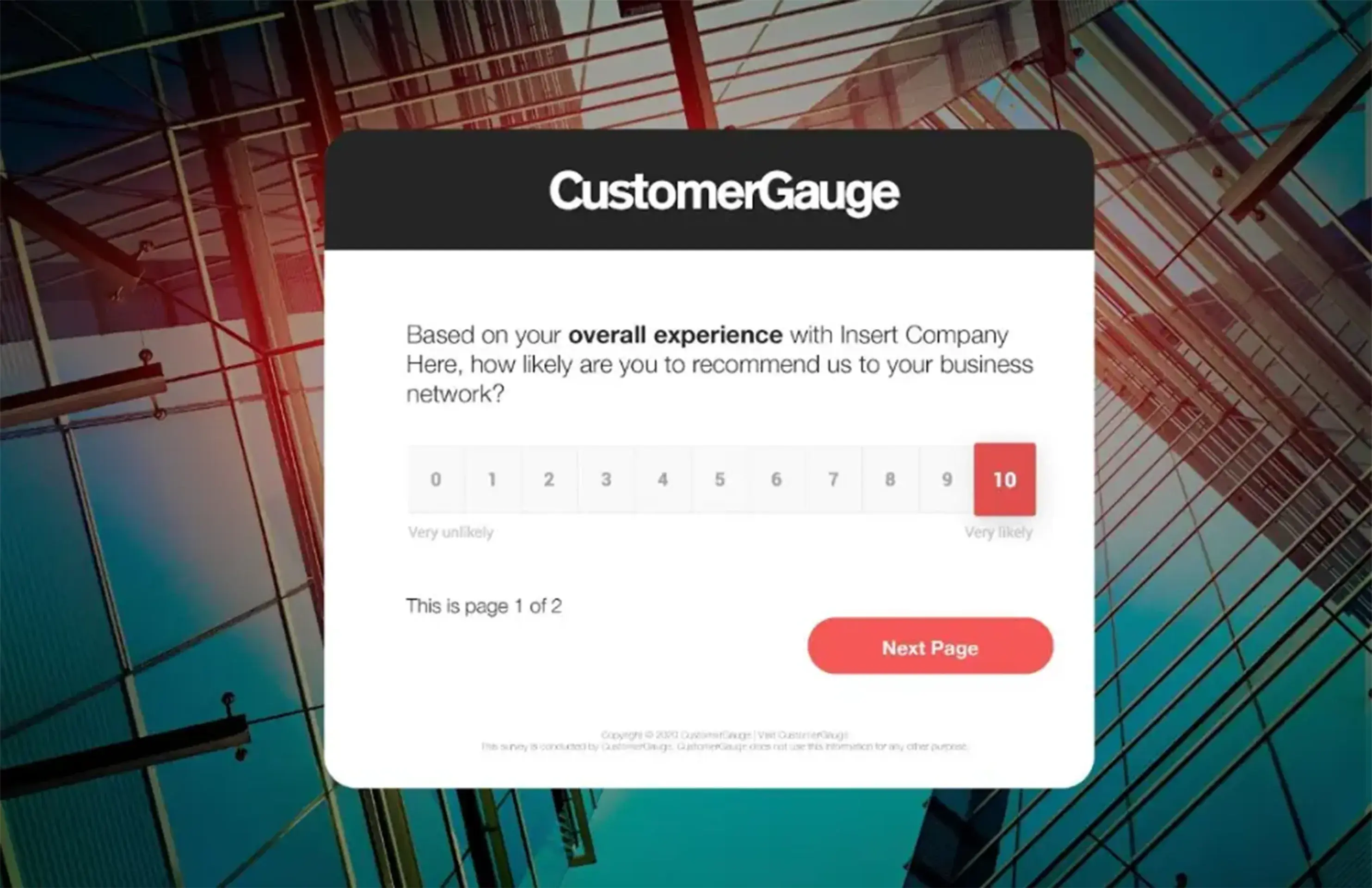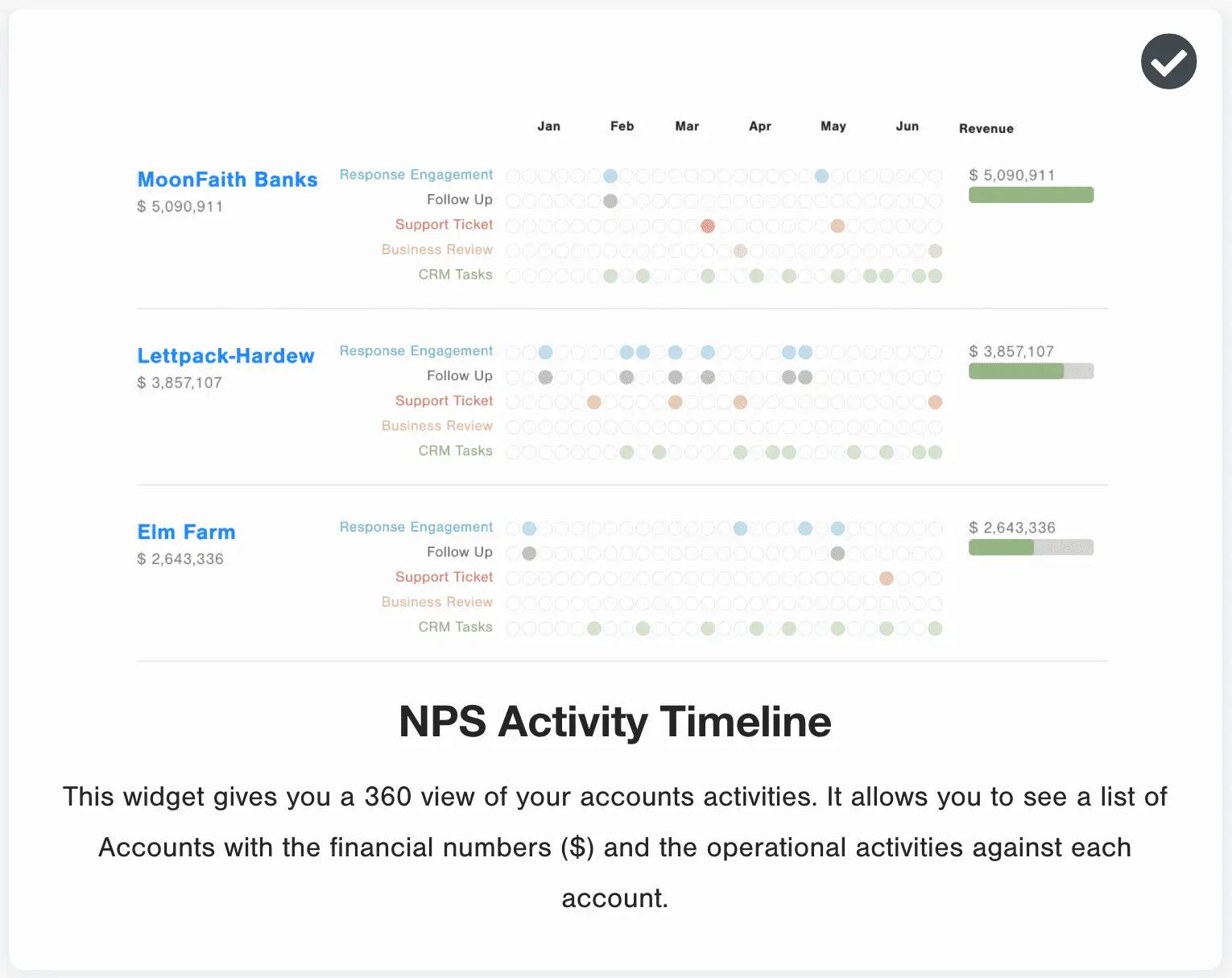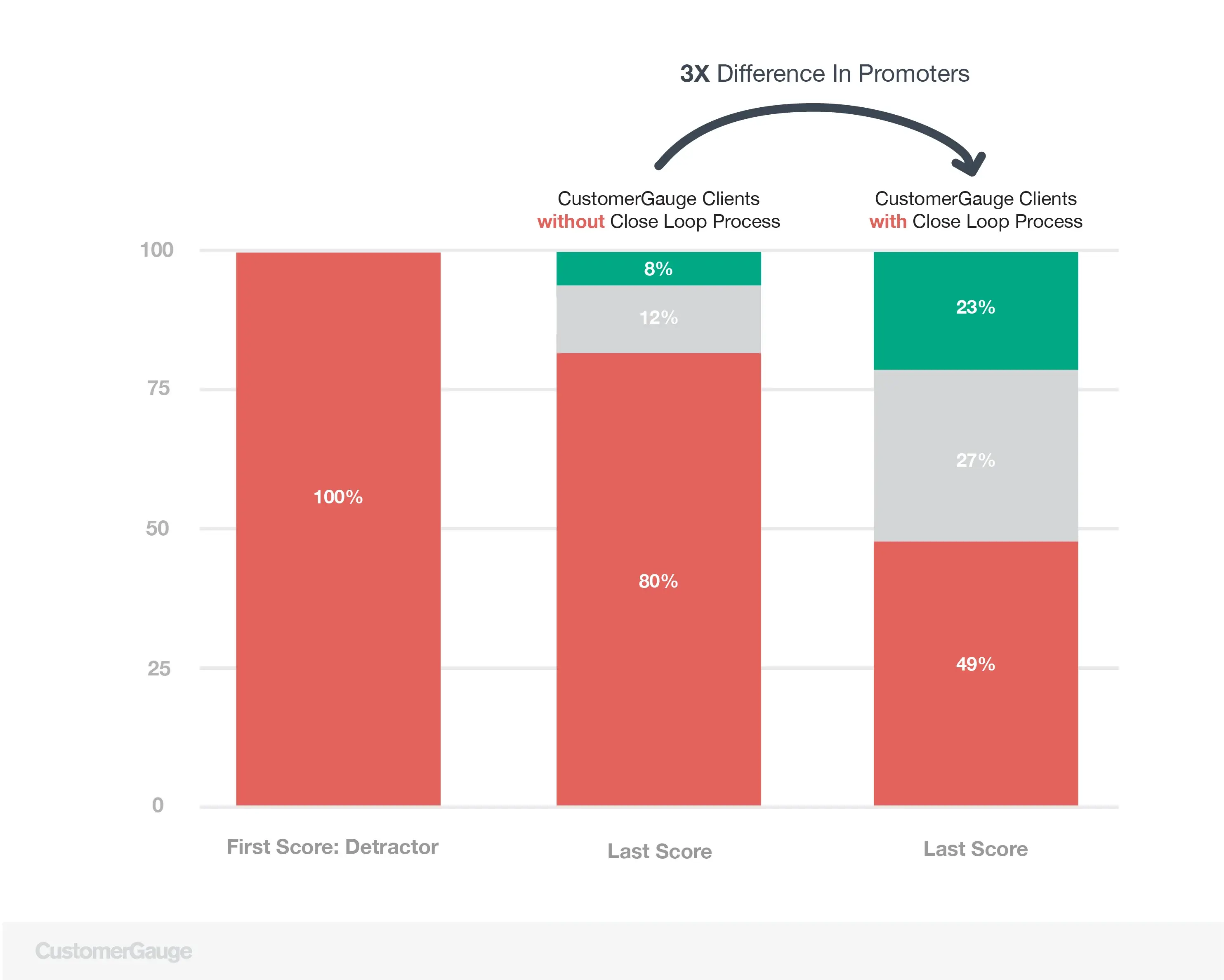Your Voice of the Customer (VoC) methodology is vital to the retention and expansion of your customer base.
That means it’s also vital to your business growth. According to Bain, companies that commit to their customer experience (CX) see rates of growth up to 8% greater than their competitors.
If you’re thinking of developing a VoC program or would like to make yours more impactful, there are some crucial best practices you need to follow.
In this article, we’re talking about how to improve your Voice of the Customer program. We’ll take you through actionable methods to significantly improve your VoC efforts and ensure you’re getting the best results.

But first, let’s kick off with a recap of the basics:
What is Voice of the Customer?
Voice of the Customer (VOC) methodology is a holistic strategy that allows you to understand your customers’ experience with your company. It combines tactics such as conducting surveys and interviews, hosting focus groups, listening to engagement signals and collating social media responses. This voice is then fed back into your business to help improve your customer’s experience.
The term feedback is important here and can be applied in more than one sense. Not only is VoC about your customers feeding their thoughts back to you, but it’s also about you feeding those thoughts back into your company. An effective VoC strategy creates action; it’s not just a research tool.
The result is that customers see your improvement, feel heard, understood and valued—a huge driver of retention, referrals, and up-sales.
The information that you gain allows you to improve your products and services so they better suit the needs of the market you serve.
The stats don’t lie on this. As this Oracle report showed:
46% of consumers were pleased with having their negative feedback acknowledged and responded to. (That’s particularly telling as the report also found that 79% of those who complained about customer experience online were ignored.)
89% of consumers switched to a competitor following poor customer experience.
50% give a brand one week to respond to a question before ditching them.
So how do you make your VoC program as effective as possible? Let’s dive in.
Top Tips for Improving Voice of the Customer
While implementing systems are important, so is continually reevaluating them to see how they impact your company. Whether you’re currently running a robust VoC strategy, or you are closer to the starting line, here are actionable steps you can take to make improvements.
#1 Focus on Response Rates and Absence of Signal
Getting feedback from as many of your customers as possible is integral to implementing an effective VoC strategy that offers meaningful data.
In our research, we found that 73% of companies choose to collect feedback through email, so understanding response rates to those emails matters.
We also found that response rate and NPS Score’s are positively correlated. The NPS score is founded on the question of how likely a customer is to recommend your company to friends and colleagues. Your customers’ willingness to refer is linked to how likely they are to respond to your surveys—meaning that response rates are an important indicator of customer loyalty.
So how can you improve your response rates?
Make response rate a metric that matters. Use the formula:
Total Completed Surveys / Total # Sent.
Understanding response rate can give you clues into other aspects of the health of your VoC system, including things like the likelihood of customer retention. A low response rate = a high likelihood of customer churn. If a customer doesn’t respond (what we call “absence of signal”), the likelihood of churn is high. The sooner you identify this threat, the sooner you’re able to act.
Maximize your open rates. If you put time and effort into designing a beautiful survey that nobody opens, the question is—did you even design a beautiful survey?
Some simple ways to increase open rates are:
Let your customers know in advance that you’ll be sending a survey
Use pithy, eye-catching subject lines
Send out reminder emails to customers who haven’t opened the first round
In B2B, send your survey to different people in the customer account. Going to the management level can help too.
Maximize your click rates. It’s one thing for your customers to open the email, and another for them to click on the survey. Here’s what can help with this:
Optimize for mobile. Make the survey as seamless and pleasant an experience as possible.
Include a large call to action button—something like “START SURVEY”
Only include a small amount of text in your surveys
Brand your surveys
Send emails from your own domain name. We know it sounds simple — but not doing so is a surprisingly common stumbling block. Our research showed that, if you send from your own domain, you can improve your response rate by 14%. Your customers want to hear from your company, not from a third party.

Make your surveys short. The longer the survey, the higher the abandonment rate. So what’s the perfect length? We say it should take customers all of 80 seconds. Between 2 and 6 questions are optimal.
Close the loop. The single most effective way of improving response rates over time is to close the loop. In our email newsletter from May 2022, “relationships are all about respect”, we tell you exactly why it’s important, but here’s a quote from our customer Brigg’s Equipment that summarizes it aptly:
“[When closing the loop] the most common response we get is ‘oh, I didn’t think anyone actually read my responses’. We’ve even had messages from non-responders we followed up with who said ‘you know what, next time I’m going to respond because I didn’t realize anyone did anything with the surveys’.”—Gemma Beddow, Briggs Equipment, CustomerGauge user since 2020.
#2 Perform a Full Health Check of Every Account
This means surveying multiple stakeholders within your customer organization—and then reviewing that feedback across all levels of your company. That way, you can diminish (or ideally, eliminate) blind spots within your VoC strategy.
One of our clients, Amdocs, is a company that handles software and services in the communications and media space. They have a noteworthy VoC strategy that meets the demands of their complex account base.
Each account is allocated a dedicated Customer Business Executive (CBE) who takes care of customer retention and satisfaction for that particular client. The CBE has the mission of improving VoC results and closing the loop—but also of constantly improving strategy to manage the needs of the customer.
That’s where things get really interesting. Amdocs runs annual VoC surveys (although we now recommend quarterly NPS surveys) to check in on the health of the customer relationship.
Rather than a quick web survey, this review includes one-on-one interviews with an in-house VoC team.
This feedback is not only reviewed by the relevant CBE but sent to senior management for review.
The thoroughness of their approach means no stone is left unturned when it comes to understanding the voice of their customers.
Discover: 5 best voice of customer softwares
#3 Foster Transparency to Gain Customer Trust
If used effectively, transparency can be key to customer retention. But how do you integrate this into your systems?
You have to address the reality that the feedback you’re getting could only be from one voice in a room full of people. This is because not all your customers are telling you what they think. How do you account for the silent voices, the ones you’re not readily hearing?
Here’s how:
Create open dialogue in a forum that operates more in the model of a town hall, moving beyond the limits of one-on-one customer interaction.
This is what this could look like in practice:
SugarCRM (a CustomerGauge customer) is one such company that has truly harnessed the power of Voice of the Customer to improve retention. As a Customer Relationship Management system, they provide a comprehensive, in-depth view of all stages of the customer journey. Through fully automated systems that are able to predict future customer habits, retention is their north star.
Of course, closing the loop with customers is important—but it goes further for them. They’ve realized that any one piece of negative feedback represents a wider community that hasn’t spoken up.
So how did they address this? By cultivating a culture of transparency.
They created SugarClub. This is an open community where their entire customer base is encouraged to engage in an open dialogue and everyone can be in the loop about how they’ve responded to feedback.
In this way, they’ve structured an inclusive environment where all customers have a seat at the table.
Listen to the podcast episode: How SugarCRM is Using Account Experience to Build Customers for Life
#4 Monitor Multiple VoC Signals—Beyond Surveys
What if you were integrated so closely with your customers that you didn’t need action on their part to understand your relationship with them?
Not all customer accounts nor key stakeholders within those accounts are going to give you feedback.
(We recommend surveying multiple stakeholders multiple times per year—the multiple, multiple rule. But what if they don’t respond?)
As we noted in point #1, if a customer is not responding then that’s a pretty clear signal itself.
But, customer health signals come from a multitude of places. In the CustomerGauge platform, we built an activity timeline widget that you can use easily.

The timeline monitors several touchpoints (support calls, product usage, meetings, response rates, CRM engagement—completely adaptable to your context).
And, importantly, it lets you know when there’s no signal at all. If none of your customers are filling out surveys, using the product, or meeting your team, then it’s time to firefight to prevent that account from churning.
#5 Encourage Customer Empathy Amongst Employees
SugarClub offers us a great example here too by creating what they’ve termed a feedback ambassador team.
This team is assembled with representatives from various departments. Depending on what department the feedback applies to, the relevant ambassador can then spring into action to close the loop.
It’s an innovative way to share the load, but it’s more than that. It allows employees from all areas of the organization to form greater customer empathy. The result is that the voice of the customer is built into every element of business operations.
#6 Monetize Your Metrics
By adding revenue to your VoC analysis, you’re also able to make your efforts tangible, understand the ROI of your strategies, and see where to focus your attention in the future.
Tools like NPS surveys are highly beneficial methodologies when it comes to understanding customer satisfaction within your organization. And moving the needle on these metrics is no doubt an important aspect of improving your VoC.
But there’s another way to move your metrics—and that’s to link them to actions for growth.
Traditionally, this had involved listening to your customers, analyzing their feedback, and acting on that feedback to close the loop. But, particularly in the B2B space, we’ve found that it’s necessary to go further—and that’s by adding revenue to your VoC.
By doing so, you get a tangible picture of how your VoC structure is impacting your bottom line. It helps you see the financial impact of referrals and retention and allows you to leverage your existing customer base to grow beyond it through up-sells and cross-sells.
Learn More: What is Monetized NPS?
#7 Keep in Touch
You may think that sending multiple surveys a year may irritate customers and drive them away— but the data says otherwise.
According to our benchmarks, sending one survey a year increased retention by 44%. That’s certainly an argument for sending out surveys at all.
But there’s more. Sending out multiple surveys a year increases retention by a massive 51%.
It all has to do with fostering engagement by improving relationships and as it would seem, more frequent contact is an effective strategy.
Read More: The Multiple, Multiple Rule for NPS Surveys
#8 Close the Loop. Every Time.
Our goal is to close the loop with every customer. While that might sound overly ambitious, it’s absolutely necessary. In the B2B space, NPS scores increase by a substantial 11 points if the loop is closed on every customer (source). And it’s not hard to see why.

Read our full CX benchmarking report to get more best-practice tips like this.
The goal here is for customers to feel heard and understood, and as though their feedback will make a difference in their future dealings with your company. If you get this right, that means better retention, more referrals, and a greater opportunity for upsells and cross-sells.
In B2B, our advice is to close the loop at all three strata of your customer’s company—front-line, middle management, and executive level. That way, you ensure comprehensive buy-in and the elimination of blind spots.
How to Improve Voice of the Customer: The Bottom Line
Whatever industry you are in, VoC matters. If your customers feel heard and understood in a way that significantly impacts their experience, the effects will be felt in all areas of your business.
You’ll be able to improve your products and services, increase customer loyalty, and grow your business through referrals and upsales.
If you’re looking to learn from experts in the VoC space, get in touch with us today to see how our platform Account Experience may help you improve on your existing VoC strategy.

